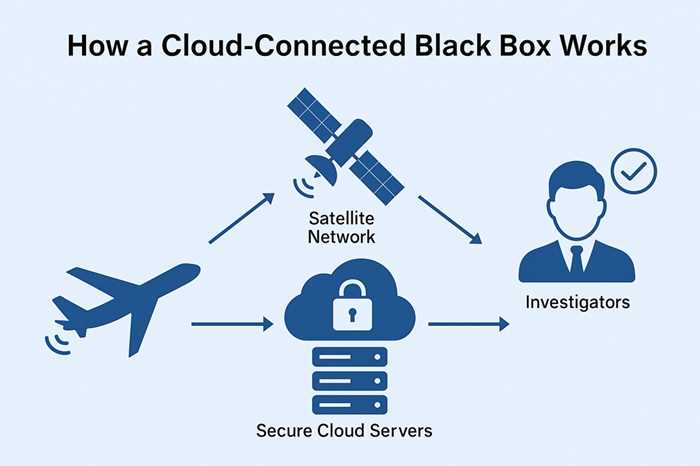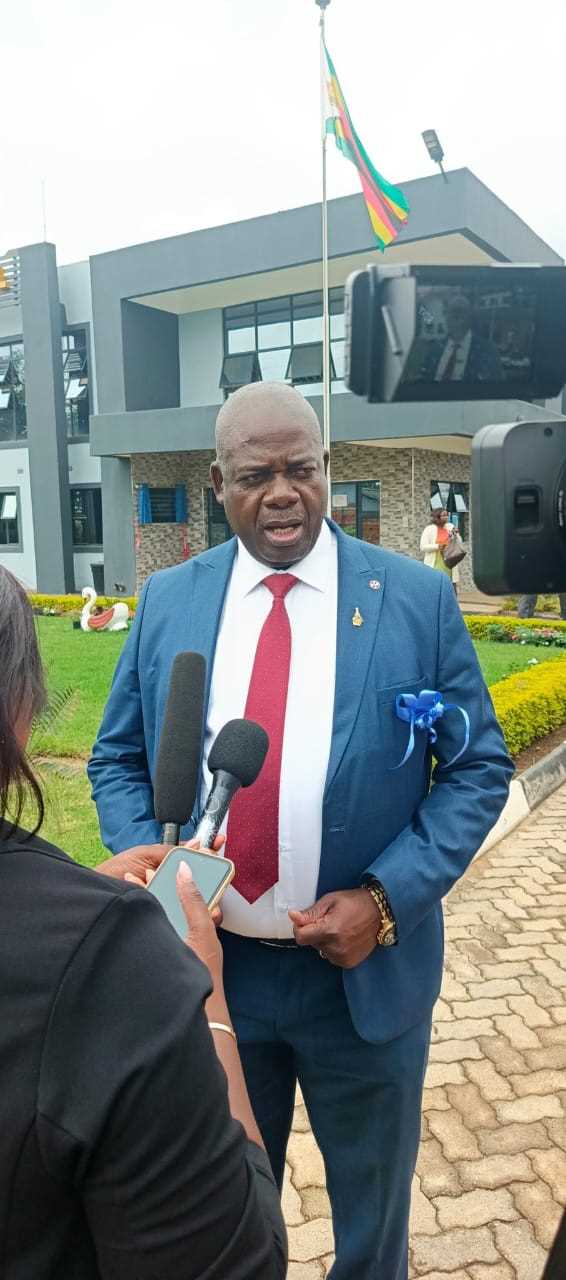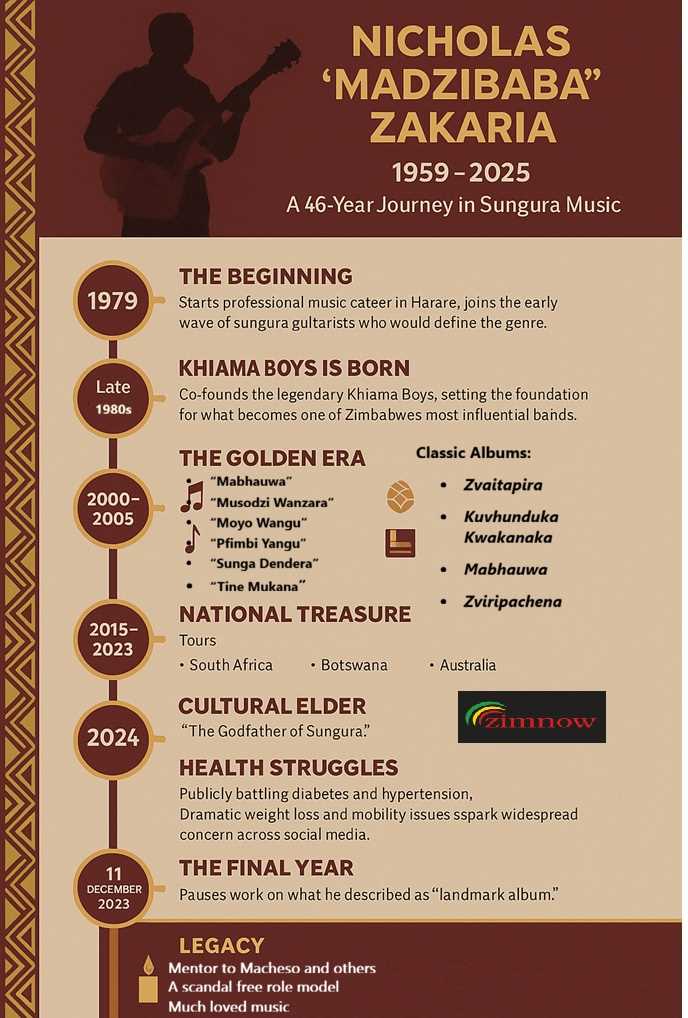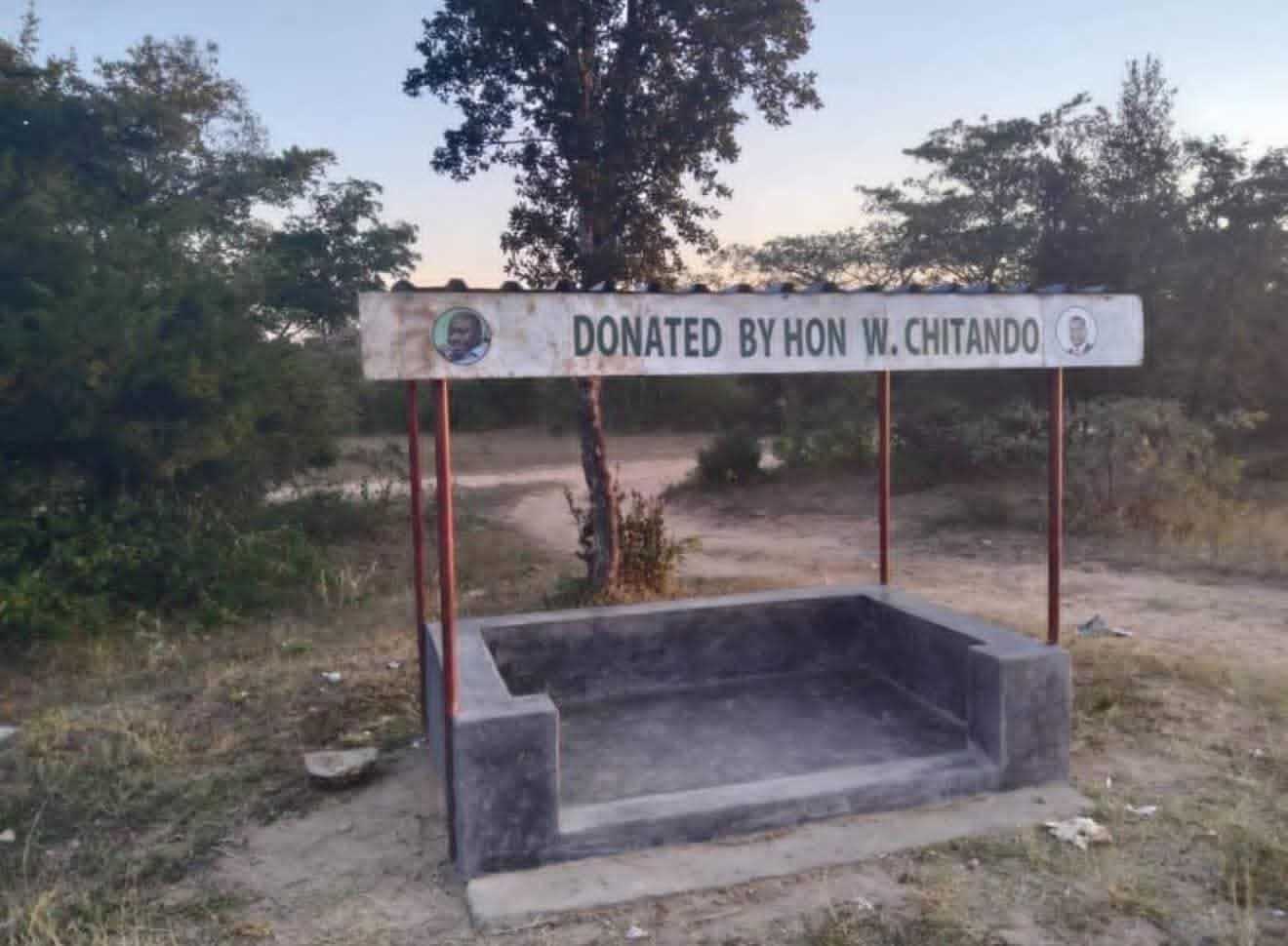
To: • Global Aircraft Manufacturers (e.g., Airbus, Boeing, Lockheed Martin, Embraer, Bombardier Aerospace, COMAC (Commercial Aircraft Corporation of China), ATR (Aerei da Trasporto Regionale))
• International and National Aviation Regulators (e.g., International Civil Aviation Organization, International Air Transport Association, Federal Aviation Administration, European Union Aviation Safety Agency)
• Satellite Internet Providers (e.g., Starlink, OneWeb, Viasat, Amazon Kuiper Systems)
• Aviation Safety and Technology Policy Bodies
SUBJECT: PROPOSAL FOR THE IMPLEMENTATION OF REAL-TIME FLIGHT DATA TRANSMISSION TO THE CLOUD FOR ENHANCED AVIATION SAFETY AND CRASH RESPONSE
Dear Esteemed Stakeholders,
1. The aviation sector remains a hallmark of human ingenuity and progress. Yet, the tragic disappearance of Malaysia Airlines Flight MH370 and several lesser-reported incidents involving private or chartered aircraft continue to underscore a significant vulnerability in global aviation safety: the delayed or failed recovery of flight data recorders and cockpit voice recorders, commonly referred to as black boxes, particularly when incidents occur in remote or inaccessible regions.
2. These delays obstruct timely investigations, delay the provision of closure to affected families, and hinder essential reforms in aviation safety protocols.
Proposal Overview
3. Given the rapid advances in satellite internet connectivity, particularly through Low Earth Orbit satellite networks, I propose that aviation authorities, aircraft manufacturers, and satellite communication providers collaboratively develop and implement a solution for real-time transmission of flight data to secure cloud-based infrastructure. This cloud-connected black box concept would operate in parallel with traditional on-board recorders.
4. This proposal is made in the interest of enhancing global aviation resilience, accountability, and responsiveness in the face of emergencies. Key Components of the Proposal
5. Real-Time Flight Data Transmission
a) Utilize satellite-based internet connectivity, including systems built on low Earth orbit and geostationary orbit satellites, to transmit essential flight parameters—such as location, aircraft altitude, speed, trajectory, engine performance, control system status, and cockpit voice data—to secure cloud servers in near real-time.
b) Implement adaptive transmission models to ensure efficient use of bandwidth, prioritizing data transmission in abnormal or emergency conditions.
6. Secure Cloud Infrastructure
a) Leverage internationally certified, cybersecurity-compliant cloud platforms, employing end-to-end encryption, multi-factor authentication, and zero-trust architecture to ensure data confidentiality and integrity.
b) Enable authorized international aviation safety regulators to access transmitted data under strict authentication and data governance protocols.
7. Global Aviation Data Governance Framework
a) Encourage the formulation of international regulatory standards, led by the International Civil Aviation Organization, to address:
Related Stories
i. Data access and control mechanisms
ii. Jurisdictional boundaries for data storage and usage
iii. Cybersecurity threats and mitigation protocols
iv. Rules around data retention, auditability, and disposal v. Protection against data misuse by criminal or terrorist actors
8. Stakeholder Collaboration and Pilot Programs
a) Encourage aircraft manufacturers to incorporate this system into both new builds and retrofits.
b) Invite satellite internet service providers to allocate dedicated high-priority aviation bandwidth for real-time data transfer.
c) Launch multi-stakeholder pilot programs, involving regulatory agencies, airlines, and avionics companies, to test feasibility, scalability, and regulatory compliance. Anticipated Benefits
9. Accelerated Crash Investigation: Authorities would have immediate access to critical flight data, enabling faster analysis and response.
10. Early Anomaly Detection: Continuous data streaming allows the integration of real-time analytics and predictive maintenance, potentially preventing accidents.
11. Tracking in Remote Zones: Aircraft flying over oceans, polar regions, or jungles would remain digitally traceable at all times.
12. Redundancy in Data Recovery: Real-time cloud-based data transmission reduces exclusive dependence on the physical recovery of damaged or unrecoverable black boxes. Call to Action
13. This proposal is presented not as a prescriptive mandate but as a strategic vision—a collaborative starting point for experts across aerospace engineering, cyber governance, international law, and communications technology to refine and adopt. The tools to make this a reality are available today. What remains is the collective will to prioritize human safety above procedural inertia.
14. In light of the criticality of time in aviation emergencies, I urge international aviation bodies, manufacturers, and technology providers to initiate a coordinated exploration and phased implementation of cloud-connected flight data systems.
15. Let us act before another tragedy compels us to. Respectfully submitted, Samuel Mwale

Author Bio
Samuel Mwale is a principal business analyst in the ICT, Innovation Hub & Fintech Division at the Reserve Bank of Zimbabwe. He has a professional focus on emerging technologies, digital transformation, and cross-sector innovation. He can be contacted on mobile/WhatsApp: +263773435974. Email: smwale2612@gmail.com
Editorial Note
Zim Now publishes this open letter as part of its commitment to amplifying Zimbabwean voices in global policy and innovation debates. The views expressed are solely those of the author and do not necessarily reflect the editorial position of Zim Now.




















Leave Comments